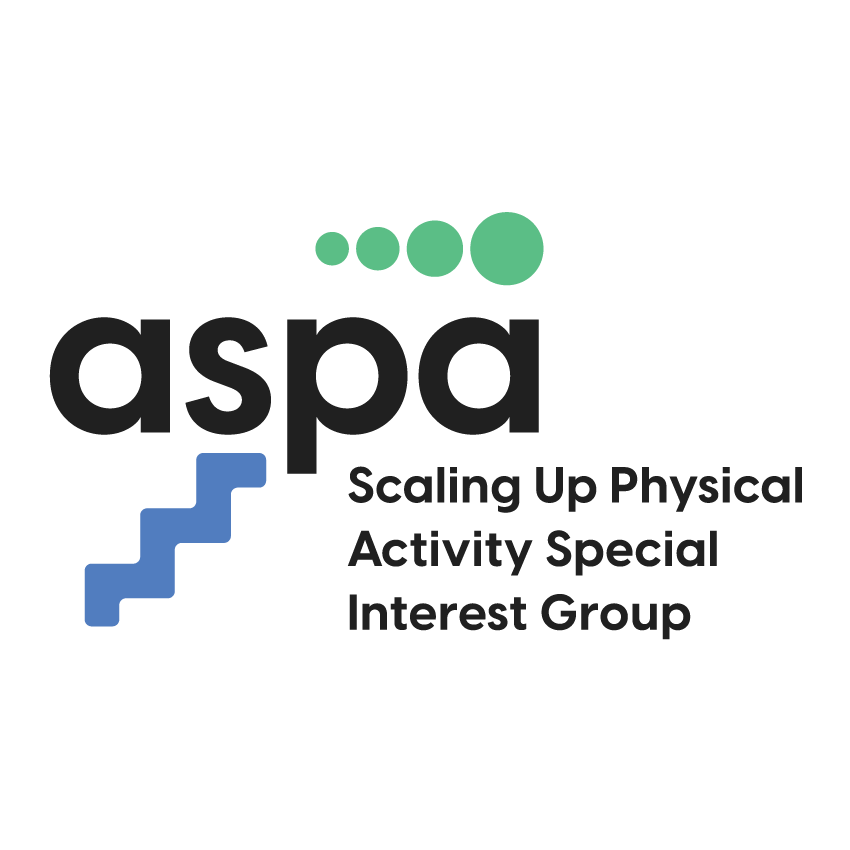Our Scaling-Up Physical Activity SIG interviewed James Boyer from the NSW Department of Education.
Q. What is your professional background?
I trained as a teacher at the University of Sydney and then taught at a High School for ten years, including four as Head Teacher PDHPE. I am currently three quarters of my way through a Master of Business Administration and in my spare time I am a basketball referee. In 2021, I was one of two Australians and 30 worldwide selected to officiate at the Tokyo Olympics.
Q. What is your current role and what does it entail?
For the past three years I have been the Sport and Physical Activity Coordinator in the School Sport Unit at the NSW Department of Education. I lead the implementation of sport and physical activity education programs throughout the Department of Education. This includes leading the NSW Premier’s Sporting Challenge which involves 1,500 schools and over 450,000 students each year. My team supports schools and teachers in providing opportunities for students to be more active, more often.
Q. Can you describe some projects you have been a part of that involved scaling up physical activity?
iPLAY is an internet based physical activity professional learning program that was scaled-up based on two initial controlled trials, AMPED and SCORES. The Department, the Australian Catholic University and the University of Newcastle co-designed an online professional learning package that was scaled-up and implemented in over 150 schools and reaching 8,000 teachers with great success. We are now collaborating to develop a sustainable model that will ensure all teachers can access this program, not only in NSW, but also nationally and internationally.
Thinking while Moving is a professional learning package developed in partnership with Dr Nick Riley at the University of Newcastle. Teachers learn how to embed physical activity into subjects other than physical education, such as Maths and English. This was first developed and tested through a controlled trial and has since been delivered in all regions of NSW and accessed by over 400 teachers. To further scale up and embed this practice into more schools, we are expanding the professional learning to include a whole-school 2-hour ‘taster’ workshop and an e-learning course. This is in response to some of the challenges that have been observed following the initial implementation. The e-learning course was released in September 2021 and to date, over 1,000 teachers have completed the training.
Q: What are some of the key challenges you have observed for scaling up physical activity interventions in the real world within your sector?
Schools are busy places, and the physical activity landscape is crowded. There are many organisations knocking on schools’ doors wanting to work with them or sell them a product. Identifying the trusted sources can be challenging for schools and therefore challenging for both us and researchers. The tyranny of distance is a significant challenge in NSW. Schools stretch from Albury in the south to Byron Bay in the north and Broken Hill in the west. Providing equitable access to resources and professional learning opportunities is a challenge. This is slowly being overcome through the increased use of technology. Additionally, it can also be difficult to convince schools or teachers to change their practice, even with a strong evidence-base. There is a long-held perception that learning happens at desks, our message is that you can still learn while you move, it might even enhance learning.
Q: From your perspective, how can policymakers and researchers work together better to improve the scale-up of physical activity interventions?
My advice to researchers is that the chance of intervention success will increase when co-design occurs from the initial stages of planning. Consideration needs to be given to the end product and how scaling up can be achieved with success. It is also important to acknowledge and test your assumptions from the outset, this will ensure that any potential problems can be addressed early on. It is also critical to try to understand and solve existing problems within the industry and ensure that the intervention will support achieving existing priorities. To policymakers, my advice is to ensure you work with researchers to achieve a win:win situation. Ensure that the project also achieves the priorities and goals of the researchers. It is important that researchers get what they need out of the relationship, in many cases this may only be the opportunity to publish their findings.


